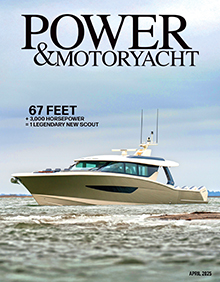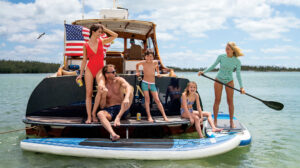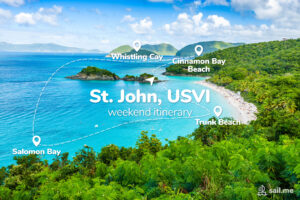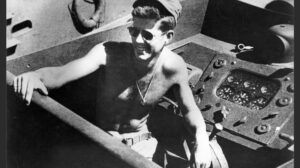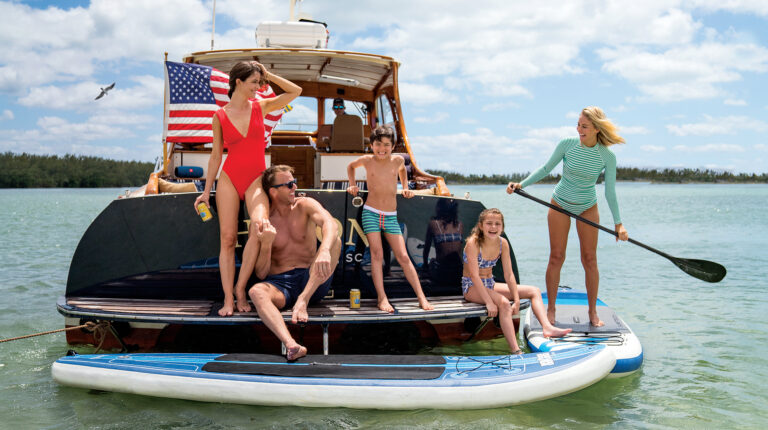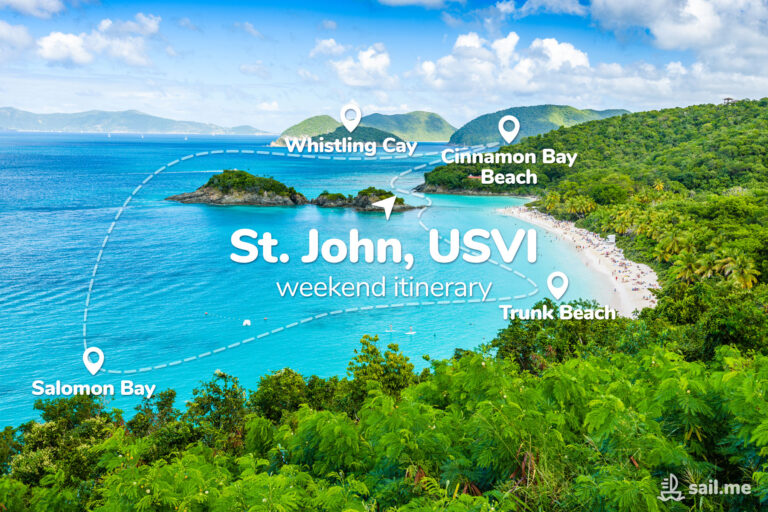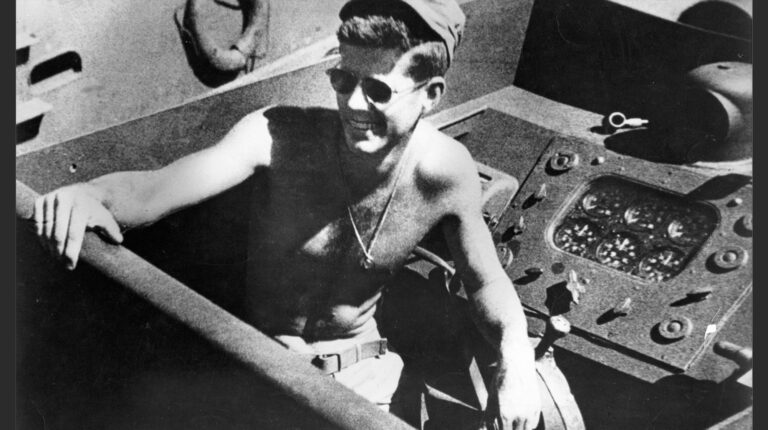As told by Robert “Fly” Navarro

Eight years spent fishing with a great man
taught Robert Navarro how to be a good one.
Back in the ’90s, before I ever owned a home or even a phone, all I did was fish. And I was young, but I guess I had carved out a bit of a reputation as a guy who knew how to act on a fishing boat. Plus I spoke Spanish fluently, so I could help these big sportfish captains get around in parts of the world that otherwise might have been tough.
At the time I was living in Venezuela, fishing every day. One day I got an e-mail from the captain of the Reel Tight, an 80-foot Merritt. It belonged to Jim Lambert, and that boat at the time was like the New York Yankees. No expense spared, no destination too far. Lambert wanted to meet me, because he was looking for a Spanish speaker to have onboard. He apparently wanted to ramp up his operation even more.
But I didn’t really think too much of it. I was young and loving life, not thinking about much of anything other than fish. But then towards the end of the ’90s, I decided to come back to the U.S., figuring it was time to put down some roots, buy a house, that sort of thing.
While I was at it I figured I’d meet up with Lambert and his guys. It turned out to be a real fun day. I had mostly been trolling in Venezuela, but they were kitefishing, and I was rusty. I was just trying not to screw up. I remember at one point I called Jim “Mr. Lambert,” and he stopped me and said, “Hey, I put my pants on one leg at a time. You can call me Jim.” I got the job offer when we got back to shore.
As I would soon find out, Jim had good reason to ramp up his fishing. He had recently been diagnosed with terminal lung cancer, and he figured if he was going to die, he wanted to fish as hard as he possibly could until it was time to go. That’s how passionate he was.
It was the start of a beautiful relationship between Jim and me, or Boss, as I called him. I was still young, and he became like a father to me. I’d ask him for advice, like how to buy that house I wanted, and he’d help me out. Or I’d ask him stuff like how to handle some guy that was giving me grief. I mean, most times his advice was, “Tell him to go f**k himself!” But hey, sometimes that’s the best advice. And he just generally taught me how to be a better person. There was this Asian guy who used to sell us bait. He didn’t make much money, he just sold fish to people. But Jim, as successful as he was, he’d talk to anyone, and he ended up getting to know the guy pretty well. He actually paid for the guy’s two kids to go to college. Same deal with a girl we knew down in St. Thomas. Young girl, you know, had the world out in front of her, but she had this lazy eye that she couldn’t afford to fix. The Boss paid for her surgery. He was all heart.
We fished all over the world. There are so many stories about being on the boat with him that they’re all kind of one big memory. But there was this one time when we were marlin fishing. Jim was pretty sick by then, and spent most of his time sleeping. But somehow he knew we had a bite, and he got up and set the hook, got in the chair and started reeling. And we were keeping an eye on him at this point because he was failing. I’m looking at him and I realize something’s off, but I can’t tell what it is. And then I realize it. “Hey Boss,” I said, “Are you asleep?” And he just nodded slowly. He was basically sleepwalking. I mean, the man could hook a marlin in his sleep. Literally. How many guys do you know that could do that?
When Jim got his diagnosis, the doctors told him he had six months to live. But he just kind of said, “nope” to that. He would make it another eight years, fishing hard the whole time.
By 2008, we all knew the end was coming, Jim included. We shoved off in mid-April for a ten-day trip, knowing this would be one of the last. One day I was in the galley making lunch for everybody, like usual. I always made Jim’s first—by that point I was just trying to keep meat on his bones. But really all he could take during the end was mashed potatoes and maybe some apple sauce. And I remember he was sitting there eating, looking out at the fishing lines, as was his custom, and he goes, “Hey Fly. How many blue marlin you figure you and I have caught together over the years?”
I said, “I don’t know, but I’ll check my logs and tell you exactly.”
And he said, “No need for that. Just give it your best guess.”
I thought about all the trips we’d done annually to Central America and such, and said, “I guess somewhere between 700 and 750?”
And I saw this really peaceful smile come over his face, and he nodded and said, “I’d have guessed 725.”
Jim died on June 16th, 2008. It was a rainy day and I got a text message from his son as I was walking into my house. I just went inside and sat on the floor and started crying. Maybe even harder than when my own father died. But sometimes I think it’s no coincidence I was in my own house when I found out, a house that working for Jim helped me pay for. I had come back to the States looking for roots, looking to grow up. I was just a kid with a pickup truck and a duffel bag when I met Jim Lambert. He turned me into a man.
Robert Navarro, 41, is a professional sportfisherman from Palm Beach Gardens, Florida. You can call him Fly, everybody else does.
This article originally appeared in the March 2015 issue of Power & Motoryacht magazine.

